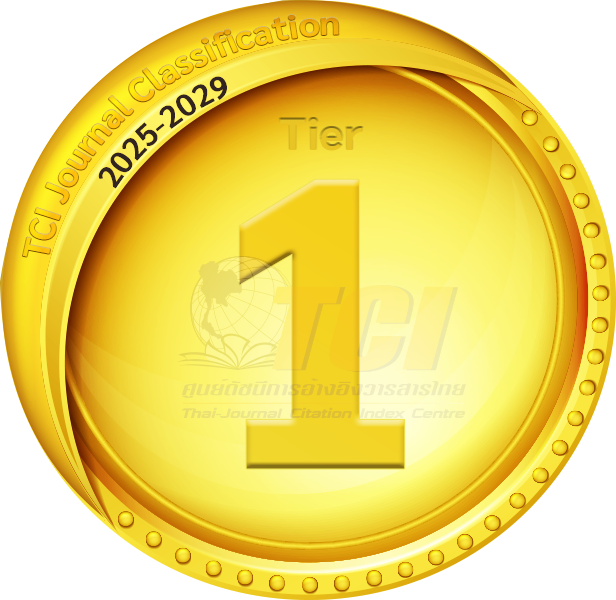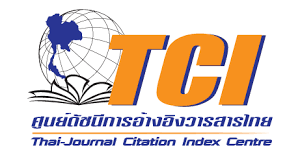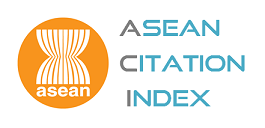Editor's Note
Abstract
“This changes everything.”
Apple CEO Steve Jobs made this prediction and phrase famous when he introduced the iPhone in 2007. In just seven years, a device that fits in your hand has revolutionized how we communicate, read, teach, learn, exercise, create videos and music, and even practice medicine. The iPhone did change everything.
And so it will be for Southeast Asia: the ASEAN Economic Community changes everything. We can’t imagine all the social, educational, economic and political effects that will arise from creating an integrated community of more than 600 million people with a combined GDP worth more than $2 trillion and a free flow of labor, goods and services. Even before it begins at the end of 2015, AEC is already shaping people’s attitudes, hopes and fears.
We can’t imagine all the changes, but we can try. Our theme for this issue of RJSH, ‘Thailand and her Regional Affairs’, looks at ASEAN, AEC, how we got here, and where we might be headed in the years ahead. Wherever we wind up, this region will take a fascinating journey, so perhaps it’s best to quote from Alice in Wonderland and ‘begin at the beginning’. In our lead article, ‘The Kingdom of Thailand and the Association of Southeast Asian Nations,’ distinguished statesman, diplomat and noted scholar Sompong Sucharitkul gives us a first-hand account of ASEAN’s birth and the people who made it happen.
Since then, its members have experienced varied levels of development that will affect how they each experience AEC’s inception. Danuvas Sagarik and Nan San Nwe outline the huge challenges Myanmar faces as it leaps from decades of isolation to regional integration, while Yot Amornkitvikai details the “middle-income trap” threatening Thailand as it comes under pressure from low-cost, more dynamic economies such as those in Vietnam and Indonesia.
In foreign affairs, diplomat and scholar Anuson Chinvanno examines ASEAN-China relations under the cloud of China’s increasingly assertive claims against individual countries over nearly the entire South China Sea. Chitriya Pinthong sees the potential to develop an “Indo-Pacific” idea for ASEAN and Asia-Pacific, a “strategic architecture” that promotes peace and stability while reducing the chance of further conflict.
We welcome your comments and manuscripts. Links to our manuscript submission site can be found at the RJSH Online Submission and Review System: http://rjsh.rsu.ac.th. We look forward to hearing from you.
Sincerely,
Anek Laothamatas
Editor-in-chief

Indexed in


Search